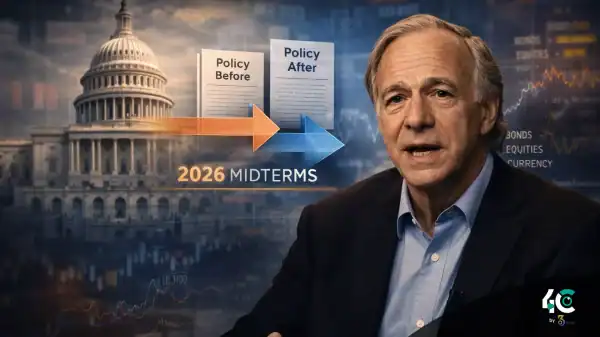Why Retail Always Gets Left Holding the Bag
Institutions don’t sell like amateurs. They execute precision exits using:
- Dark pool liquidity (hidden from public order books)
- TWAP algorithms (time-weighted selling over days/weeks)
- OTC block trades (private deals at negotiated prices)
The result? Retail sees stable markets, while smart money sells in silence.
The 5-Step Institutional Exit Strategy
1️ Pre-Exit Accumulation (The Trap)
Before selling, institutions:
- Buy put options or hedge with futures contracts
- Let retail FOMO push prices higher
Example: Bitcoin (BTC) open interest jumped 30% prior to its March 2024 top.
2️ The Liquidity Mirror Trick
Institutions:
- Sell publicly on Coinbase
- Buy same amount via Binance OTC (hidden)
Coinbase shows outflows; Binance doesn’t show matching deposits—a red flag.
3 The Volatility Suppression Phase
Before dumping:
- Market makers tighten spreads
- Create false breakouts to trap late buyers
4 The Final Liquidation Pump
Institutions:
- Allow price to rise 5–10%
- Offload remaining bags via MMs
How to Spot Institutional Exits Early
Watch these indicators:
- Coinbase withdrawals ≠ Binance deposits
- Futures OI drops during rallies
- Tether (USDT) minting spikes
- CME basis flips negative
Protect Yourself
- Place sell orders at the 0.618 Fibonacci level
- Use TWAP scripts to mimic institutional exits
- Short perpetual swaps when OI diverges from price
Why Most Traders Miss the Signs
“High Volume Means Trend Strength” — Misleading.
High volume often signals institutional distribution, not bullish strength.
Stable prices ≠ absence of sellers.
Professional execution makes exits invisible.
Conclusion
The game is rigged—but now you have the playbook.
Get the Institutional Exit Alerts (real-time OTC flow tracker)
Download the Stealth Sell Script (Automated TWAP exits)

































